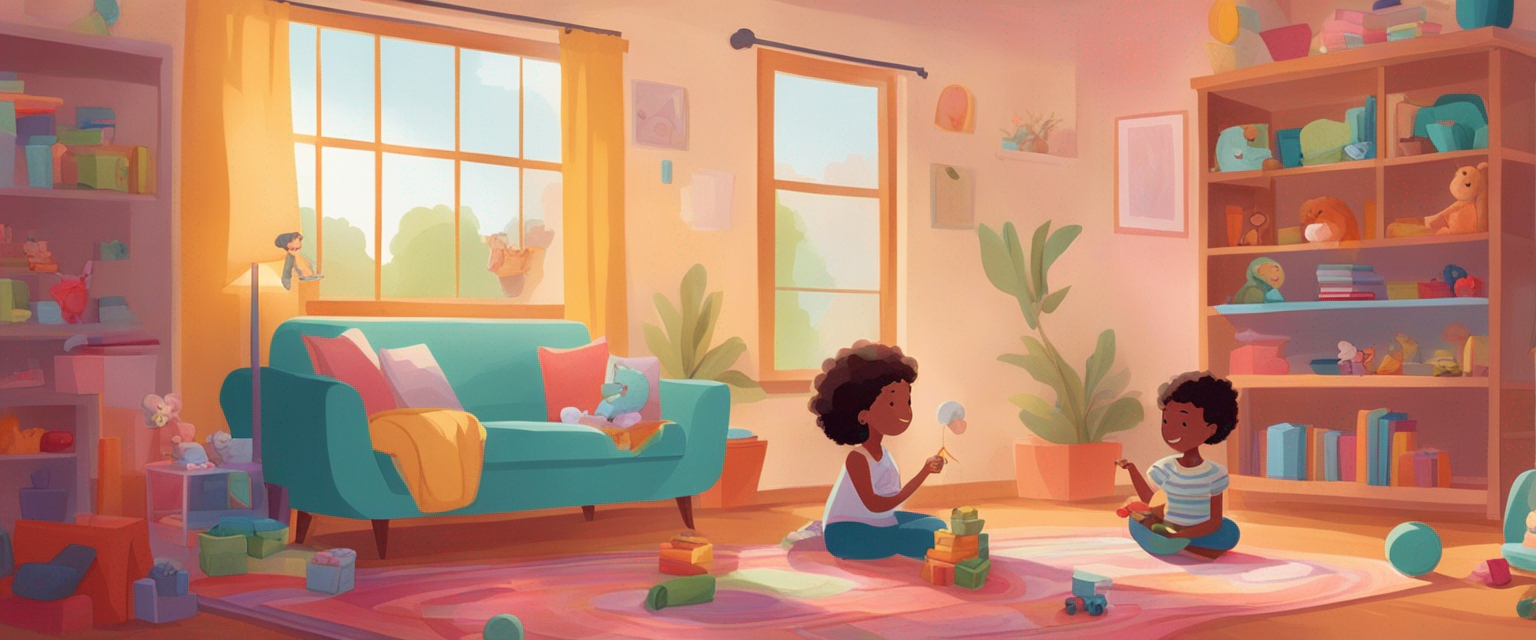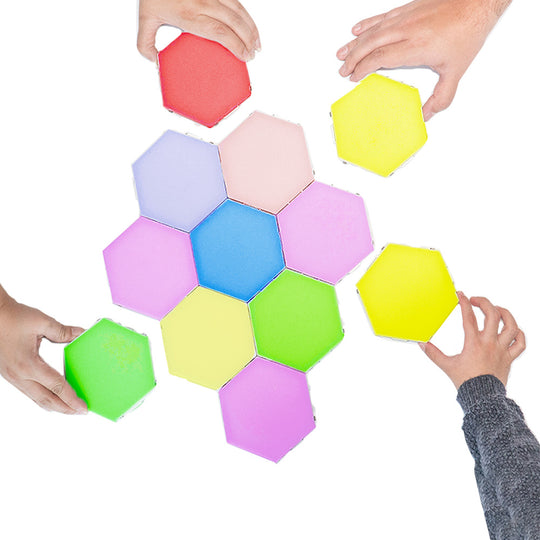
Have you ever watched a child's face light up at the soft glow of a lava lamp or the gentle dance of sunlight through leaves? It's a reminder that our senses have a powerful impact on our mood and wellbeing. For children, and particularly for those on the autism spectrum, sensory experiences can be a key to unlocking a sense of calm and focus. Today, let's explore how sensory lights can serve as an effective strategy to soothe and uplift children's moods.
The Magic of Sensory Integration Therapy
Sensory integration therapy, which involves helping children use all their senses together—touch, smell, taste, sight, and hearing—is a beacon of hope for families. It's known to improve challenging or repetitive behavior in children, which can stem from difficulties with processing sensory information. Imagine a world where sensory overload is managed not just with words but with a symphony of sensory experiences.
But how does this relate to sensory lights? Well, the visual element of sensory integration is pivotal. Sensory lights offer a unique way to engage a child's visual processing in a calming and non-threatening manner. They can be mesmerizing and soothing, providing a peaceful retreat for the mind that might otherwise be bombarded by the overwhelming stimuli of the world around them.
Using sensory lights as part of a broader sensory integration approach can help children develop better coping mechanisms for sensory overload. It's a gentle nudge toward equilibrium, where each sense learns to play its part harmoniously.
Lights that Speak to the Senses
When it comes to sensory lights, there's a kaleidoscope of options. From modular touch-sensitive LED lights that respond to a child's touch, to soothing color-changing orbs that can transform a room into an ocean of tranquility, the choices are as diverse as they are delightful.
One effective strategy is to use sensory lights during specific times of the day to signal transitions or to indicate a period of relaxation. For instance, a soft blue glow can be associated with bedtime, signaling to the child that it's time to wind down. On the other hand, a vibrant set of flashing lights can be an excellent reward or a way to celebrate a task completed.
And it's not just about watching the lights. Interactive sensory lights, like the ones you can find at Bright Autism, encourage children to touch and manipulate their environment, which can be incredibly empowering. This active engagement can foster a sense of control and agency that is often missing when a child feels overwhelmed by their sensory experiences.
Integrating sensory lights into daily routines can be as simple as incorporating them into playtime or as part of a calming corner in the home or classroom. They're not just tools for therapy; they're gateways to moments of joy and tranquility in a child's day-to-day life.
Creating a Sensory Safe Haven at Home
Creating a sensory-friendly environment at home doesn't have to be a daunting task. Start by identifying a space that can be dedicated to sensory play and relaxation. It could be a corner of a room, a small tent, or even a converted closet space. The key is to make it a predictable and safe haven for your child to explore or retreat to when they feel the need.
Within this space, sensory lights can play a pivotal role. A modular sensory LED light can be both a playful toy and a calming influence. Encourage your child to interact with the lights, changing colors or patterns, to help them understand cause and effect and to give them a sense of mastery over their environment.
Remember, every child is unique, and what works for one may not work for another. It's essential to observe and learn from your child's reactions to different sensory stimuli. With patience and creativity, you can tailor a sensory space that fits your child's needs like a glove, providing them with comfort and joy.
As we wrap up this exploration of sensory lights and their soothing powers, let's not forget the profound impact that a thoughtfully designed sensory environment can have on a child. It's not just about managing moods; it's about enriching lives, one sensory experience at a time. Whether you're a parent seeking new ways to support your child or an educator striving to create an inclusive learning space, remember that the journey is as colorful and varied as the spectrum itself. Embrace the adventure, and let the lights lead the way to a brighter, calmer world for our children.










Leave a comment